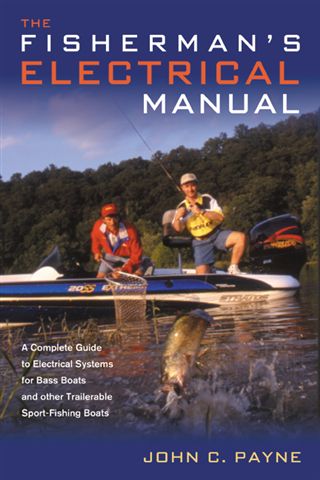All about fly fishing gear
Fly fishing gear is the start of an incredible journey. Fly fishing is a true art form and it is the true art of angling, no brute strength, no heavy equipment. Fly fishing is not unlike golf, once you start you cannot stop, it is a passion, a calling, even a spiritual experience. I was hooked the first time I started delving into entomology and the beautiful art of fly tying, and you realise how complicated it all can get when some outlets say they have some 35,000 flies in stock, and more than a thousand patterns. This reinforces the need to understand nature and truly "hunt" the species you are fishing for, what is really great is so many beautiful fish are released. Everything from the rods and the reels, the lines, the various knots, all contribute to the finesse required.
More about fly fishing gear
Fly fishermen also get to visit the most beautiful wilderness areas and isolated areas, and to truly communicate with nature. Every fly fisherman has that special river, stream or lake somewhere. Learn the fly fishing basics and your life will change. Fly fishing basics mean getting the right gear to suit you is important, and you must look for a balanced fly fishing outfit. This means that the rod, the reel and the line are compatible This is started with the right fly line for the intended fishing, then you match it up with the right fly fishing rod and lastly the right fly fishing reel.
Even more about fly fishing gear
What makes fly fishing different? Well no smelly baits such as worms and maggots for a start. A fly is used, and the fly is a hand crafted imitation of a bug that is made from feathers, fur, cloth, foam, leather etc to imitate the real thing and like its cousins lures the fish. Learn the fly fishing basics and your life will alter forever. The fly has to be real enough to mimic its live double in nature and fool the fish into eating it. The fly has many appearances ranging the complete culinary range of fish, from grasshopper to crayfish, from mayfly to midge or whatever the fish local delicacy happens to be.

All about fly fishing gear
The serious fly fisherman studies entomology and fish feeding behaviors. The fly is very light weight so casting it to the fish is one of the true arts of fly fishing. The trick is to make it settle on the water so lightly as to be like the real thing. Learn the fly fishing basics and enjoy fly fishing faster. I buy some fishing magazines just to look at the pictures (hold the jokes) of the carefully crafted flies tied to hooks. They are truly works of artistic beauty.
Fly Typing Basics
Fly fishing lure making, or as it is also called fly tying, is a blend of craftsmanship and angling expertise. It involves creating artificial flies that mimic insects, baitfish, or other prey to attract fish. Many anglers consider it an art form because it requires patience, precision, and creativity. The key parts of fly tying as follows
Materials: Feathers, fur, thread, beads, and synthetic fibers are commonly used to craft lifelike flies.
Tools: A vise is used to hold the hook, small sharp scissors, bobbins, and hackle pliers are essential for tying flies.
Typing Techniques: Wrapping thread, securing materials, and shaping the fly to match natural prey are crucial skills.
Fly Patterns: Dry flies, wet flies, nymphs, and streamers each serve different purposes depending on fishing conditions.
Customization: Anglers often modify patterns to match local insect hatches and improve their chances of a successful catch. What works in one part of the river does not work several hundred yards downstream.
Fly Typing Basics
Fly tying errors are described as follows
Too Much Thread – Taking too much thread out of the bobbin reduces control and leads to messy wraps.
Weak Thread Tension – If the thread isn’t tight enough, the fly materials can rotate on the hook shank, making the fly unstable.
Crowding the Hook Eye – Leaving too little space near the hook eye makes it difficult to tie off the fly properly.
Using Excessive Materials – Overloading the hook with too much fur, feathers, or flash can make the fly bulky and unnatural.
Skipping Repetition – Not tying the same pattern multiple times prevents improvement and consistency.
Ignoring Basic Patterns – Trying to reinvent the wheel before mastering fundamental techniques can lead to ineffective flies.
Using Low-Quality Tools – Cheap vices and dull scissors make the process frustrating and lead to poorly tied flies.
Basics of fly fishing gear
Looking for fly fishing rods can evolve into a complex subject. Then you select fly fishing reels, and all the details you need to get it right. You can buy fly fishing gear here at Fly Fishing Discounters. Then you select the best fly fishing lines, all the details you need to get it right. The subject of fly fishing flies is a very complicated one worth a bit of analysis. Then we should add in a variety of other issues that include fly fishing knots, fishing waders, yes fly waders. Because I have a fly fishing setup purchased through Orvis fly fishing, I will cover them also as a thank you. More great information on fishing and boats.